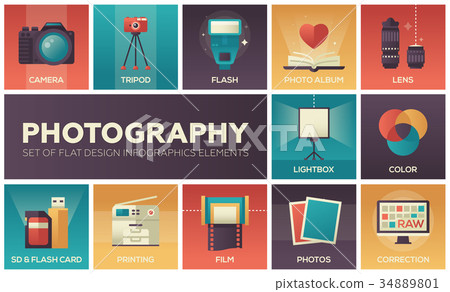Join Us To Uncover Vital Photography Suggestions That Will Unlock Your Electronic Camera'S Possibility-- Prepare To Capture Sensational Pictures In A Snap!
Join Us To Uncover Vital Photography Suggestions That Will Unlock Your Electronic Camera'S Possibility-- Prepare To Capture Sensational Pictures In A Snap!
Blog Article
https://www.wtol.com/article/news/local/local-photographer-offers-free-photo-shoots-for-2020-high-school-seniors/512-7ade45fa-466d-4ee7-9a54-0884eda011bb By-Tobin Ploug
When you first grab your camera, it can feel overwhelming with all the settings and choices offered. You could find yourself asking yourself how to browse aperture, shutter speed, and ISO properly. Grasping these fundamentals is crucial, however there's more to photography than just technical knowledge. Recognizing composition strategies and lights problems can boost your images significantly. So, what happens if you could find out easy approaches to enhance your skills and begin recording impressive images earlier than you believe? Allow's discover exactly how to transform your photography journey.
Recognizing Cam Setups
Understanding your cam setups is crucial for catching spectacular pictures. When you pick up your video camera, acquaint on your own with the three main settings: aperture, shutter rate, and ISO. Each plays a vital function in how your pictures end up.
Begin with aperture, which manages the amount of light entering the lens. A larger aperture (reduced f-number) lets in much more light and produces a stunning history blur, ideal for portraits. Alternatively, a narrower aperture (higher f-number) maintains even more of the scene in focus, perfect for landscapes.
Next off, focus on shutter speed. This setting determines the length of time your cam's sensor is subjected to light. A rapid shutter speed ices up motion, which is wonderful for activity shots, while a slow-moving shutter rate can develop sensational results like smooth water in landscapes.
Finally, change your ISO. This setting impacts your electronic camera's level of sensitivity to light. A higher ISO is useful in low-light scenarios but can introduce noise or grain. Go for the lowest ISO feasible while still achieving correct exposure.
Make-up Techniques
When you're out shooting, structure can make all the distinction in how your images resonate with audiences. Beginning by utilizing the regulation of thirds; visualize your structure divided into nine equal areas with two straight and two upright lines. websites along these lines or at their crossways to produce equilibrium and interest.
Next off, consider leading lines. These natural lines in your scene, like roadways or rivers, draw the viewer's eye into the picture, guiding them with the story you're informing.
Do not ignore mounting; usage aspects within your scene, like trees or home windows, to develop a framework around your topic, including deepness and focus.
Additionally, watch on your history. A chaotic background can sidetrack from your main subject, while an easy one helps it stick out.
Lastly, explore symmetry and patterns; they can create a striking image that records attention.
Learning Lights Issues
Mastering lights conditions is crucial for catching stunning photographs, as the appropriate light can transform an ordinary scene into something extraordinary.
Beginning by observing all-natural light at different times of the day. Mornings and late afternoons provide the most effective light, called the gold hour. The soft, cozy tones during these times can boost your images beautifully.
Do not avoid overcast days either; diffused light can reduce severe shadows and create a pleasing result, specifically for portraits.
Try out backlighting by placing your subject against the source of light. This method can produce a wonderful halo effect and include deepness to your photos.
Take notice of your cam setups as well. Change the ISO, aperture, and shutter rate to fit the lights problems. A greater ISO can help in low light, but beware of grain.
Utilize a tripod in darker atmospheres to avoid blur.
Last but not least, do not fail to remember artificial illumination. Flash and constant lights can be wonderful tools for controlling light in tough conditions.
Verdict
In conclusion, understanding your cam does not have to be frustrating. By comprehending your setups, applying make-up methods, and utilizing the power of all-natural light, you'll promptly elevate your digital photography skills. Bear in mind, practice makes excellent, so venture out there and trying out your newly found expertise. With time and devotion, you'll be catching spectacular pictures that mirror your unique point of view. Take pleasure in the journey, and don't forget to enjoy while you go to it!
